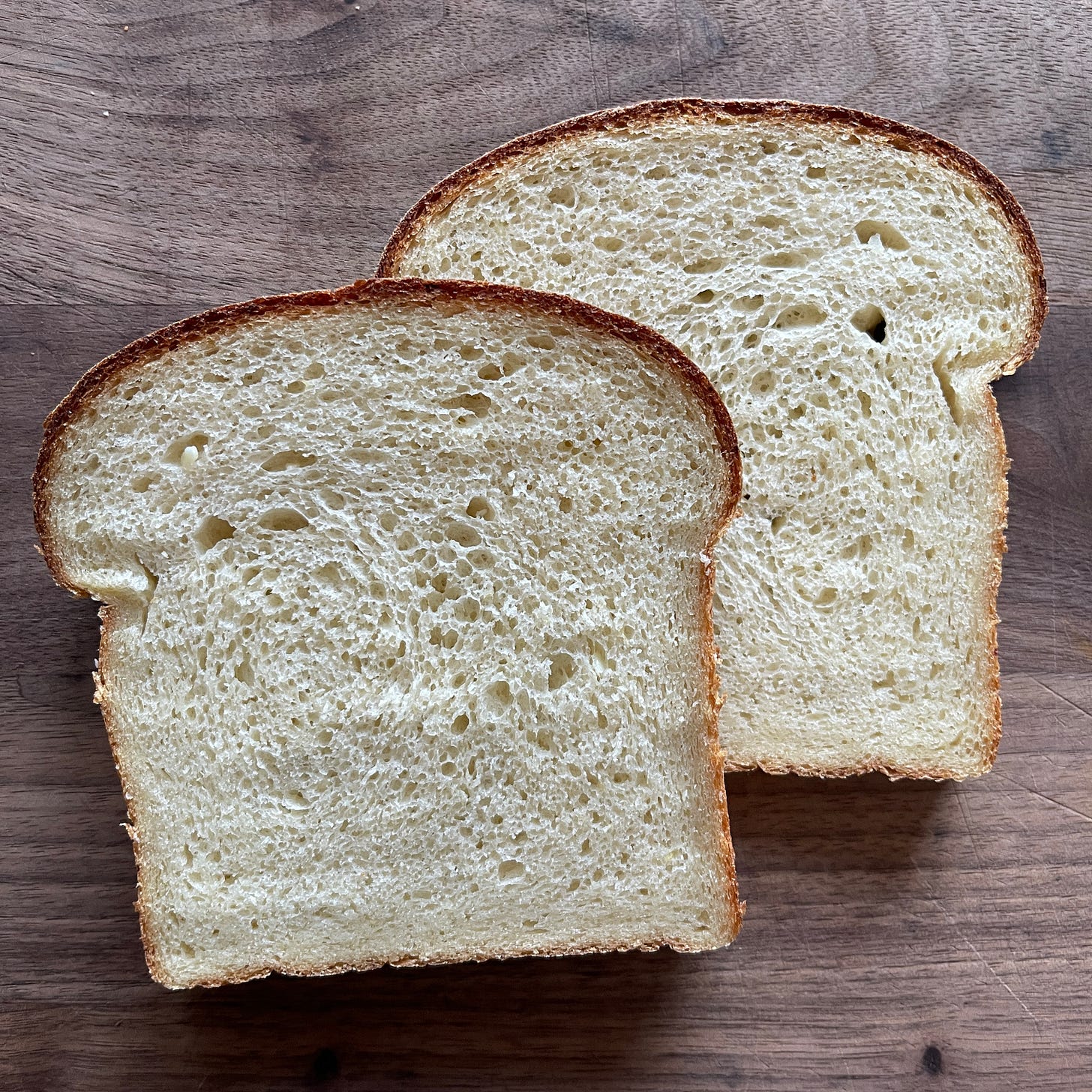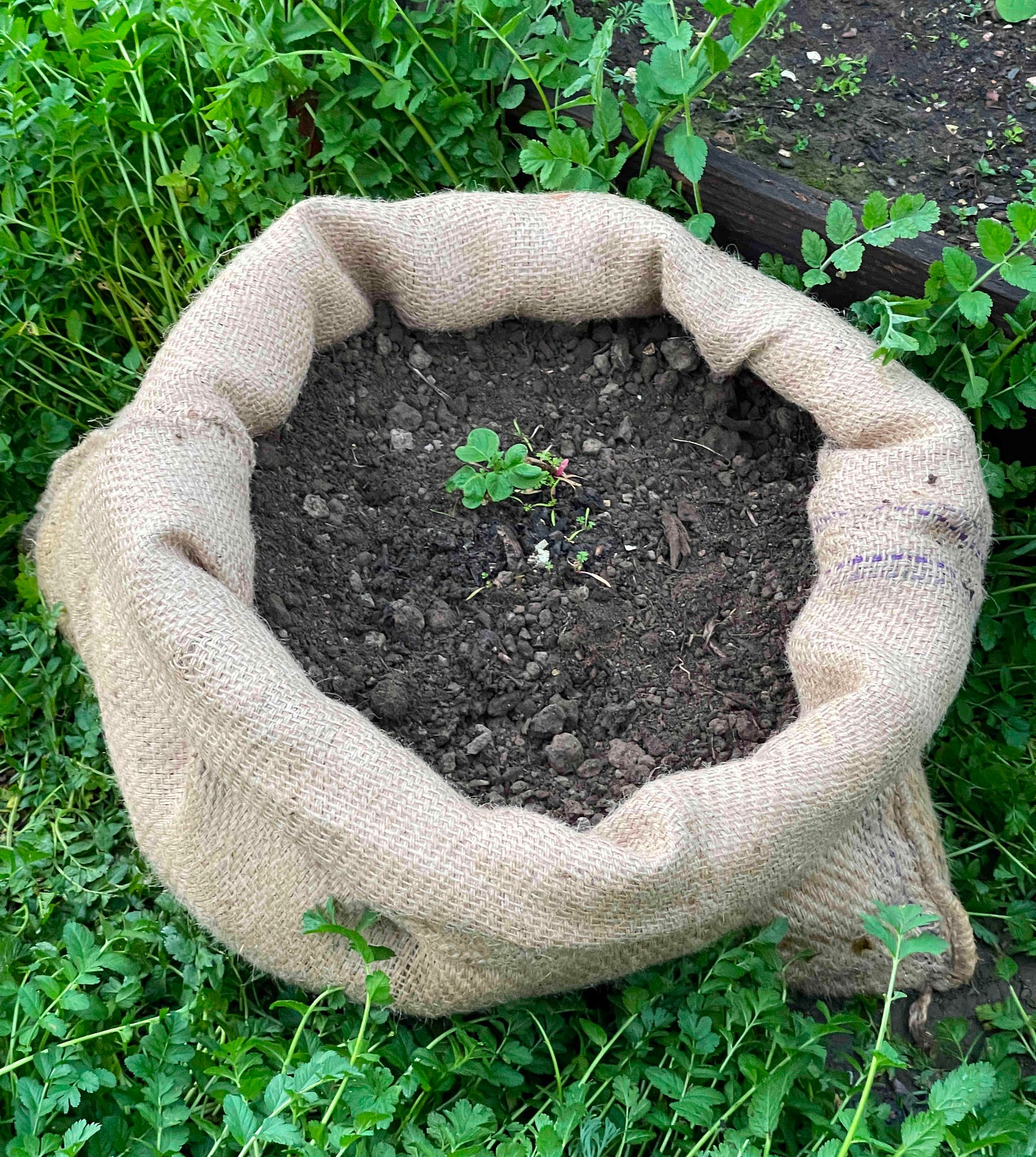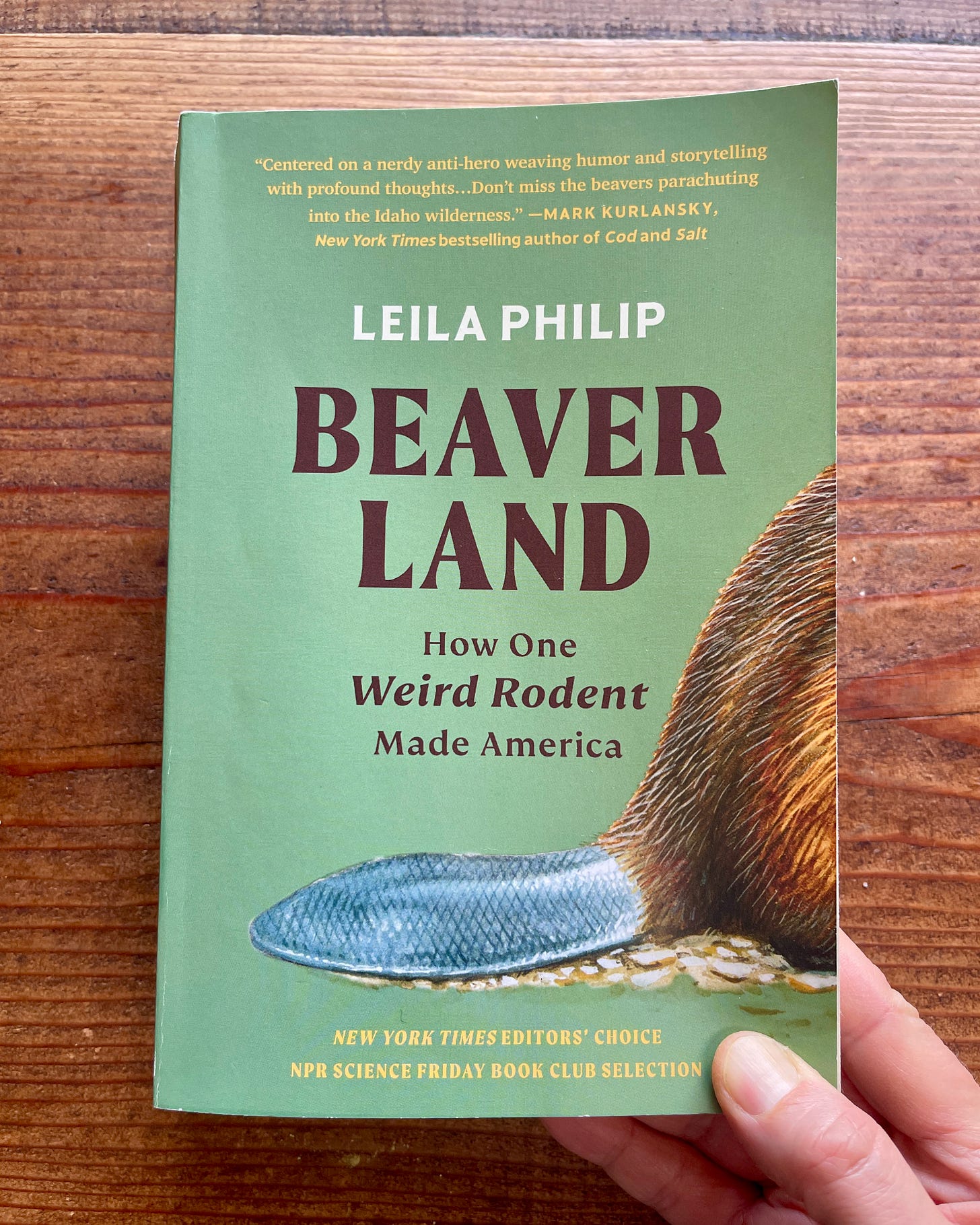I know, it sounds impossible to have too many spuds but if you find yourself with a pile of potatoes on your hands, the ideas below will ensure none of them—or your money—go to waste. Tip number one: add fat and salt. You can’t go wrong with potatoes, fat and salt.
Bake potato bread
I baked the bread pictured here with leftover mashed potatoes. The starch in the potatoes retains water, rendering a very soft, pillowy loaf. It’s basically like cake. Potato bread disappears almost immediately in my home.
I don’t have a recipe for the above bread but according to the King Arthur website, you can substitute potatoes for flour in basic bread recipes:
Add up to 1/4 cup (53g) mashed potato per cup of flour (120g) in the recipe. Reduce the main liquid (milk or water) in the recipe by 50% and mix the dough. If it seems dry and reluctant to come together, knead in more liquid as necessary to make a soft dough. If your leftover mashed potatoes have been salted, reduce the salt in your recipe by a pinch.
Make latkes
This Food & Wine recipe recommends russet potatoes but other potatoes will work well. Go here for an applesauce recipe to go with the latkes. You may also want a dollop of sour cream (make that too if you like).
Make potato salad
Potato salad not only uses up lots of potatoes, you can also toss in other bits and pieces that you have on hand—chopped celery, carrots, radishes, onions, bell peppers, fresh dill or parsley, chopped dill pickles or sauerkraut or olives… You don’t really need a recipe. Stir in olive oil and lemon juice or make it creamy with mayonnaise.
Cook potato leek soup
I love this soup. I include the green parts of the leeks (but not the grey-green very top, very tough parts). I don’t mind the soup’s slight green tinge. Those green tops I paid for taste delicious and I hate to toss them. Purée the soup or leave it chunky. Go here for a classic recipe.
Bake french fries
I used to make these all the time for my kids. They loved them. I followed a recipe very similar to this one.
Roast bite-size pieces
Cut scrubbed, dried, unpeeled potatoes into bite-size pieces, toss them in olive oil—about 1 tablespoon per 2 cups of prepped potatoes—sprinkle on salt and roast at 400°F for roughly 30 minutes until tender on the inside and crispy on the outside. The cooking time varies based on the potato type and freshness. Very dense, very fresh potatoes cook slower.
Bake a pile of potatoes
This makes quick work of lots of potatoes. I did this the last time I baked potato bread since I already had the oven on and had quite a few potatoes in the pantry.
After scrubbing and stabbing the potatoes with a fork, dry them, rub them with just enough olive oil to coat lightly and place them on a baking sheet or cast-iron pan. Sprinkle with salt and bake at 425°F for 45 minutes or until the skins have crisped up and a knife slides smoothly into the potatoes.
A baked potato piled with toppings can serve as an entire meal. Top them with salsa, black beans and sour cream or steamed broccoli and cashew cheese or leftover chili or all of the above. You’ll find something in your refrigerator to put on them. Or make pan fries with the baked potatoes.
Make pan fries with baked potatoes
Transform some of those baked potatoes into pan fries. I use any type of potato for these (but usually buy new potatoes or Yukon gold). Heat oil or a combo of oil and butter in a pan (I prefer cast iron) over medium high heat. Add diced baked (or boiled) potatoes, sprinkle on salt, stir often until browned and serve hot. I love mine with homemade vinegar. (Go here for the wine vinegar recipe.)
Eat the peels
Fried potato skins taste delicious. I fry them in a pan on the stove. Heat your fat of choice in the pan over medium-high heat. Add the potatoes, salt and pepper, stir and fry until brown and crispy. They also turn out well baked in the oven.
Clean up cast iron
You need only half a small potato to clean up a rusty cast iron pan. So while this trick won’t make much of a dent in a glut of potatoes, you can clean up a cast iron pan with a potato! (And salt.) Essentially, cut a small potato in half and with the cut side down, scrub salt over the rust to remove it. Rinse the pan, dry it and season it. Go here for detailed instructions.
Plant sad potatoes
If your potatoes often sprout, try storing them in a cooler place. Warmer temperatures encourage sprouting; the potatoes think spring has arrived and start to grow. (You can eat them after they have sprouted but they taste better before they reach this stage.)
When they sprout wild hairstyles and soften regardless of your best efforts, try planting them. You don’t have much to lose and you have potentially many potatoes to gain. If they never sprout eyes, they may have been treated with a sprouting suppressant and will not grow more potatoes. Go here for instructions on planting store-bought potatoes.
A few summers ago, I grew potatoes in a burlap sack. To do that, roll the rims of a sack down, fill and plant. As the potatoes grow, incrementally roll up the rim and add more soil and compost—a process known as hilling. You may be able to score burlap sacks from a nearby café that roasts its own beans. When your burlap sacks break down after two or three years, they go back into the soil. (Go here for more plastic-free gardening tips on the cheap.)
Where will we all post?!
With a recent jump in subscribers, it seems to me that many of you have fled Instagram and Facebook after Mark Zuckerberg’s announcement of the X-ification of Meta. I plan to post less over there and more over on my Bluesky account. I’d like to write more here on Substack as well. I’d love to hear what you’d love to hear about from me. Please let me know in the comments below.
What I’m reading
On Instagram, when I mention books I’m reading, many people like my selections so I thought I would start posting these books over here too. Last week, I finished reading Beaverland: How One Weird Rodent Made America, by Leila Philip. Beavers restore waterways, wetlands and forests. And these environmental engineers work for free! I couldn’t put this hopeful book down.









In Beijing in the winter time, sweet potatoes are a popular street food. Store sweet potatoes in the freezer and roast them in a very hot oven. The liquid in the sweet potatoes crystallizes and melts creating the perfect roasted potato.
To one of Latvian descent, a glut of potatoes is wealth beyond imagination!!